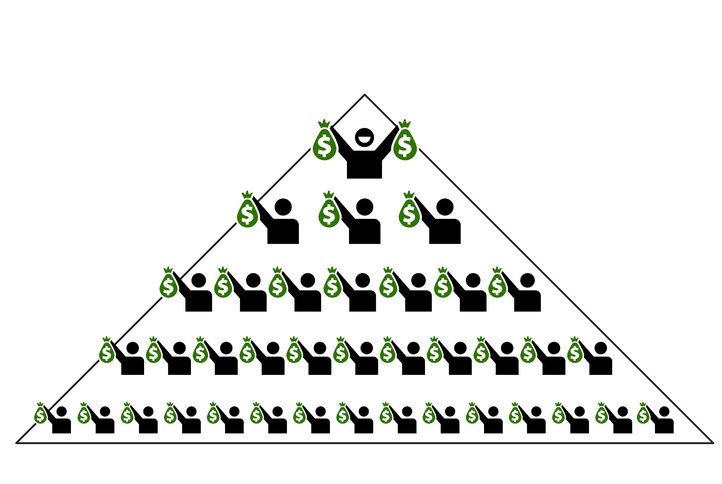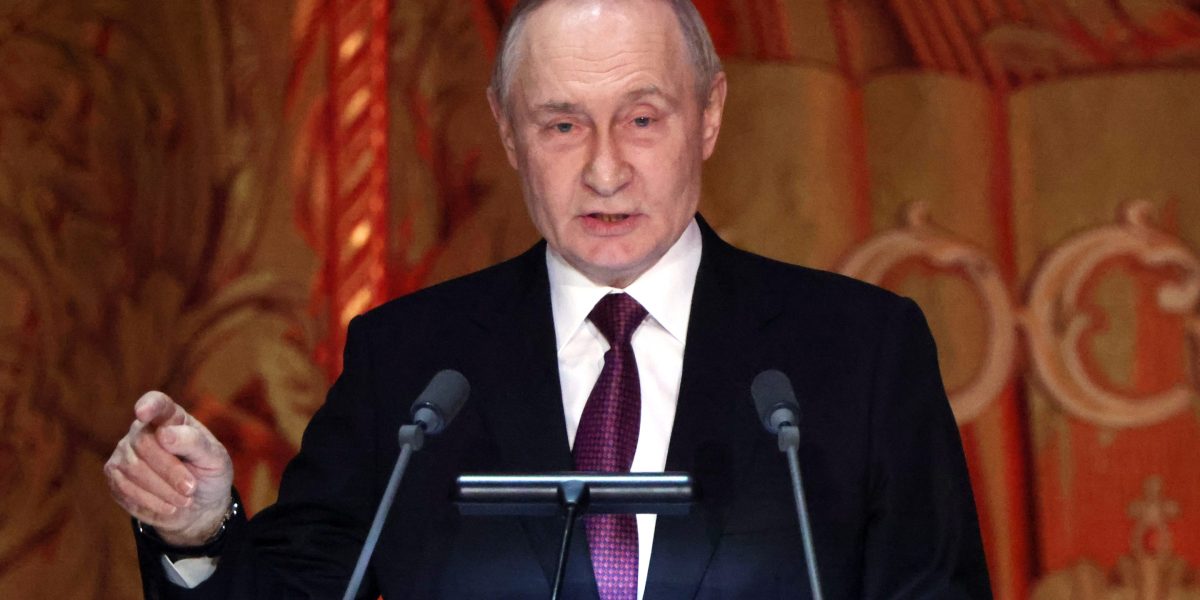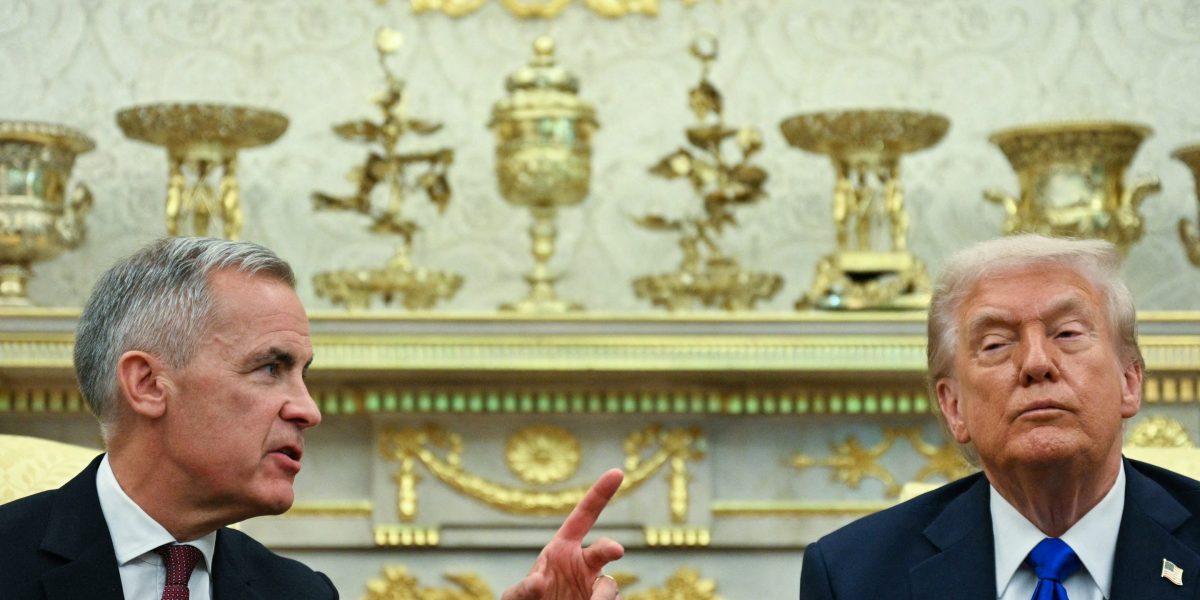Yes, it’s unseemly to say, “I told you so.” But it was remarkable to see most (one might say pretty much all) commentators on the Ukraine war beat go gaga after Trump called Putin to discuss negotiating to end the Ukraine war, among other things, on February 12. The tacit and sometimes explicit view was that the US and Russia, to resort to Trump-speak, could do a deal, and the US could force Ukraine to fall in line.
As we’ll unpack below, a decision has yet to be made, but given the way Ukraine and key NATO members doubled down on batshit crazy ideas in their meeting in Paris with Rubio, it’s hard to see the Trump Administration not delivering on this warning.
Not only we had predicted theses negotiations would fail, but they are also failing for the reasons we foretold in December 2024 in What Happens When Trump’s “Negotiations” Over Ukraine Quickly Hit the Wall?1 We refined and updated our view after Putin and Trump agreed to start talks in Initial Thoughts on US-Russia Talks on Ukraine War as Ukraine and EU Have Nervous Breakdowns.
It was a given that there was no overlap in the Russian and Ukraine bargaining positions. Let’s looks at just one issue. Putin in his now oft-cited June 14, 2024 statement of Russia’s requirements, had said Ukraine needed to withdraw all forces from the four oblasts that Russia now deemed to be Russia. That included major parts of Zaporzhizhia and Kherson oblast that Russia still does not occupy, importantly their capital cities. Even though that was on one level a reasonable demand by Putin (as in a statement he was dead certain Russia could and would take them), on another it’s extremely cheeky to demand territory you have not yet taken. That requirement alone seemed to be a spoiler that the US could not agree to (absent the negotiations dragging on so long that Russia did secure these areas). Heads would explode in the US over what would be depicted as a US capitulation. Trump, who is very attached to him image as a domineering figure, would be decried as weak.
But the other big impediment, oddly assumed away by optimists, was that, as we stressed, that Ukraine and NATO, even though they were dismissed as weak, have agency. As the lawyers are wont to say, possession in 9/10th of the law. Even though Ukraine is flagging and set to lose, it is still in possession of the majority of the territory of Ukraine, and its armed forces are still even now at least a few months away from falling apart. The very fact that Rubio and Witkoff had to go to Paris to meet with France and invited Ukraine and European representatives proves that the US cannot “do a deal” over their heads.
According to Axios, the reason for the pronouncement that the US might shut down the Ukraine negotiations was a hissy fit by Trump early in the week. From Trump ranted to aides about washing his hands of Russia-Ukraine:
Behind the scenes: Trump made his frustrations clear a few days earlier in an impromptu conversation about the ceasefire push with several of his top advisers,including Secretary of State Marco Rubio and diplomatic envoy Steve Witkoff.
That’s where Trump raised the idea that if a deal isn’t reached soon he could simply move on to other foreign policy issues, a U.S. official briefed on the issue said.
Driving the news: By Friday, Trump’s rant had turned into a public policy statement.
Rubio said Trump had decided “he has dedicated a lot of time and energy to this, and there are a lot of things going on in the world right now that we need to be focused on.”
“We need to figure out … within a matter of days, whether this is doable in the short term. If it’s not, then I think we’re just going to move on,” Rubio said.
Later on Friday Rubio held a phone call with NATO Secretary-General Mark Rutte and reiterated that “if a clear path to peace does not emerge soon, the United States will step back from efforts to broker peace,” State Department spokesperson Tammy Bruce said.
Note that this blow-up occurred in the wake of Witkoff’s over four hour meeting with Putin. We had speculated that it was nearly entirely about Ukraine, since Putin likely needed to educate the uninformed envoy not just on the firmness of Russia’s red lines, but its reasons for them, as in its security needs versus the history of Ukraine, the EU, and the US duplicity reneging on commitments.
Le Monde has some detail on the discussions in Paris. If you’ve been following the war, they come from an alternative reality. Not only has Ukraine not budged from its fantasy of expelling Russia from Ukraine, but Ukraine and the Europeans are still making demands rejected by Trump, even after in-person entreaties by Macron and Starmer. A snippet:
In reality, the discussions went far beyond establishing mere contact, sometimes resembling a polite reframing of American negotiators. Yermak took the opportunity to hammer home Kyiv’s “red lines,” which the US would be wise not to cross in case of a peace deal: no neutrality status for Ukraine; no demilitarization or limitation of its armed forces; no recognition of Moscow’s occupation of its territories; solid security guarantees to prevent further aggression; the return of prisoners of war, civilians and children deported to Russia.
Ukraine also demanded that its reconstruction be financed by Russia as compensation, along with accession to the European Union. It further requested the continuation of its “irreversible path” toward NATO, as phrased within the alliance, although this is hindered by the US veto.
There is now consensus among participants to abandon partial ceasefires, such as the unsuccessful one meant to halt strikes on energy infrastructure. Americans, Ukrainians and Europeans are now calling for a “complete ceasefire as soon as possible,” according to the Elysée, for at least one month, with the possibility of renewal. “Fewer and fewer people favor a partial ceasefire, as it is extremely complicated to deal with, as shown by the one in place on energy infrastructure,” said a diplomat.
Ukrainians reiterated on Thursday that they do not want a mission from the Organization for Security and Co-operation in Europe (OSCE), already deployed in vain in the Donbas between 2015 and 2022, nor a UN peacekeeping mission. They insist that the US should take on the role of monitoring the ceasefire.
No wonder even the diehard neocon Rubio threw up his hands.
However, the action on the US side had not been promising either. One of the Russian requirements at their first serious meeting with the US in Riyadh was to normalize diplomatic relations. That meant getting various ambassadors appointed/authorized and getting embassy staffing up to old normal levels (there was apparently no Russian ambassador in Washington). That included letting the Russian embassy in the US have access to banking services again to pay local bills and returning its seized diplomatic property. As of the last technical meeting in the last 2 weeks, the US was still developing its process for achieving that. This can’t be that difficult and to the Russians would look like foot-dragging.
Admittedly, everyone, but really the Ukraine/EU side, has been granted a few days to relent. Again from Axios:
State of play: The U.S. isn’t out of the game yet.
Rubio and Witkoff also presented a framework for a potential peace deal to end the war during Thursday’s meetings in Paris, the State Department said.
Rubio said he’s now awaiting the responses from Kyiv and Moscow.
However, as Larry Johnson pointed out, the US has already moved towards the exit:
Although the United States continues to provide some support to Ukraine’s fight with Russia, President Trump apparently has decided to disengage, not abruptly, but methodically from the war. The US is shutting down operations at the airfield in Poland, which has been a major supply hub for Ukraine. No additional supplies of weapons and vehicles are being sent to Ukraine. Donald Trump rejected Zelensky’s plea for more Patriot missile batteries. There are only two big shoes left to drop — i.e., withdrawal of US military and intelligence personnel from Ukraine, and an end to intel sharing, particularly intelligence surveillance and reconnaissance (ISR) data that is used to program Ukrainian missiles aimed at Russia.
Keep in mind this is not over until the fat lady sings. The issue of whether Ukraine continue to get US ISR support is very important. German Chancellor Friedrich Merz has said Germany will give Ukraine Taurus missiles. But they can’t be effectively deployed without US ISR. These are longer-range than any other Western missile system and per Lawrence Wilkerson, are particularly effective due to their maneuvering capabilities, such as climbing before the final strike to them come down as close to vertically as possible, and then detonating after penetration.
The isolated use of better wunderwaffen will not turn the tide of the war. If Ukraine were to get off some damaging strikes into Russia, there would be renewed calls to finish off Ukraine faster and more fully and to attack Germany, which the disciplined long-game player Putin would be able to tamp down. But if the US supported Germany and the EU in this last-ditch effort, this would signal that the US has turned against the idea of normalizing relations with Russia.
Per Alexander Mercouris (forgive me for not tracking down print sources), the UK, France, Denmark and the Balts have been planning to send whatever their current branding of a “coalition of the willing” force into Ukraine, at Ukraine’s invitation, with the latest ploy for it to protect Odessa. These NATO members believe that the US will not stand pat if Russia were to attack these troops, as Russia has repeatedly promised if any military units from NATO members enter Ukraine.
The coalition plan to send in what would amount to tripwire forces to Odessa underscores that the Trump exit from talks increases his political risk when he’s already in hot water domestically, between the train wreck of his tariffs damage only just starting, to ire even among Republicans about court-defying deportations to DOGE destruction of key programs, most of all Social Security.
There is admittedly no good way to lose Ukraine, given how much the US has invested in treasure and increasingly scarce weapons. But there are less bad ways.
If Trump had the patience to keep playing at negotiations, even if they were clearly futile, he could maintain the appearance that he was doing everything he could to “save” Ukraine within the givens while not increasing US commitment, and also keep the level of NATO adventurism down. Two more months of Ukraine losses, Russian advances, and persistent messaging about how US resources were limited and the US has more pressing needs would have reduced the cost to Trump of the inevitable Ukraine abandonment. But not only is Trump all tactics and no strategy, but is he also hopelessly ruled by his out-of-control emotions.
___
1 Less than three months is quick for end-of-war pacts ex surrenders. And we also noted that there could be negotiation theater with no progress, as in the fiction that the war could be settled might be kept alive for the appearance needs of the US. Russia would go along to make clear to the Global South that it was not the obstacle to resolution and so as not to embarrass the Trump Administration.


























